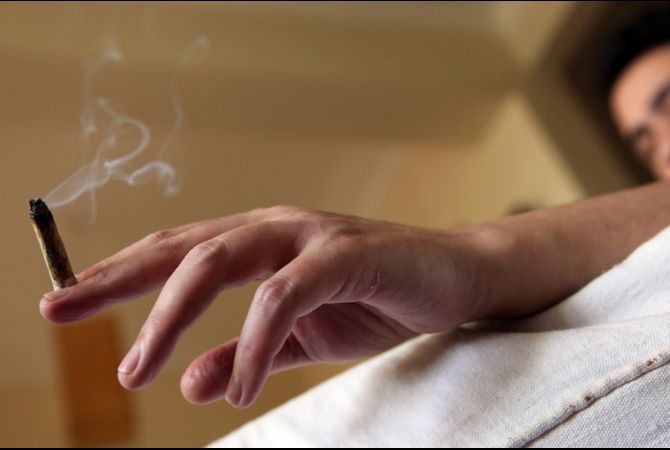Addiction in Egypt is far more widespread than public conversation suggests. Behind closed doors, in homes, hospitals, and rehab centers, thousands are caught in a cycle of substance use, mental health struggles, and systemic neglect. A national survey from 2013, one of the most comprehensive to date, found that 13.2 percent of Egyptian men and 1.1 percent of women had used substances, with the highest rates of onset among youth aged 15 to 19. Cannabis (specifically hashish) ranked as the most commonly misused drug, followed by alcohol. Rates were significantly higher among those living in coastal governorates, individuals of Bedouin origin, and those with lower levels of education. While newer national data is limited, this earlier research still outlines the contours of a crisis that has since continued to grow, one that the healthcare system has yet to adequately address. Drug use in Egypt has deep roots that stretch back decades. A 1986 United Nations study traced how cannabis has long been the most widely used drug, while psychotropic substances became more common in the 1970s, often as a way to cope with psychological distress. Cocaine and heroin, which first…




